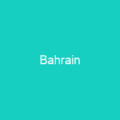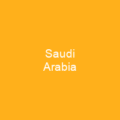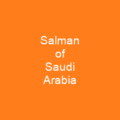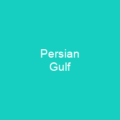Qatar
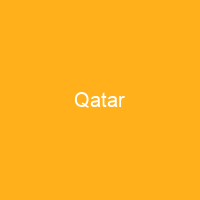
Qatar is a country located in Western Asia, occupying the small Qatar Peninsula on the northeastern coast of the Arabian Peninsula. Its sole land border is with neighbouring Gulf Cooperation Council monarchy Saudi Arabia to the south. In early 2017, Qatar’s total population was 2.6 million: 313,000 Qatari citizens and 2. 3 million expatriates. Islam is the official religion of Qatar. Qatar is a World Bank high-income economy, backed by the world’s third-largest natural gas reserves and oil reserves.
About Qatar in brief
 Qatar is a country located in Western Asia, occupying the small Qatar Peninsula on the northeastern coast of the Arabian Peninsula. Its sole land border is with neighbouring Gulf Cooperation Council monarchy Saudi Arabia to the south. The Gulf of Bahrain, an inlet of the Persian Gulf, separates Qatar from nearby Bahrain. In early 2017, Qatar’s total population was 2. 6 million: 313,000 Qatari citizens and 2. 3 million expatriates. Islam is the official religion of Qatar. Qatar is a World Bank high-income economy, backed by the world’s third-largest natural gas reserves and oil reserves. Qatar has been ruled by the House of Thani since Mohammed bin Thani signed a treaty with the British in 1868 that recognised its separate status. It became a British protectorate in the early 20th century until gaining independence in 1971. In 2003, the constitution was overwhelmingly approved in a referendum, with almost 98% in favour. In the 21st century, Qatar emerged as a significant power in the Arab world both through its globally expanding media group, Al Jazeera Media Network, and reportedly supporting several rebel groups financially during the Arab Spring. For its size, Qatar wields disproportionate influence in the world, and has been identified as a middle power. Saudi Arabia has proposed the construction of the Salwa Canal, which would run along the Saudi–Qatar border, effectively turning Qatar into an island. In Standard Arabic, the name is pronounced, while in the local dialect it is.
Qatar is a country located in Western Asia, occupying the small Qatar Peninsula on the northeastern coast of the Arabian Peninsula. Its sole land border is with neighbouring Gulf Cooperation Council monarchy Saudi Arabia to the south. The Gulf of Bahrain, an inlet of the Persian Gulf, separates Qatar from nearby Bahrain. In early 2017, Qatar’s total population was 2. 6 million: 313,000 Qatari citizens and 2. 3 million expatriates. Islam is the official religion of Qatar. Qatar is a World Bank high-income economy, backed by the world’s third-largest natural gas reserves and oil reserves. Qatar has been ruled by the House of Thani since Mohammed bin Thani signed a treaty with the British in 1868 that recognised its separate status. It became a British protectorate in the early 20th century until gaining independence in 1971. In 2003, the constitution was overwhelmingly approved in a referendum, with almost 98% in favour. In the 21st century, Qatar emerged as a significant power in the Arab world both through its globally expanding media group, Al Jazeera Media Network, and reportedly supporting several rebel groups financially during the Arab Spring. For its size, Qatar wields disproportionate influence in the world, and has been identified as a middle power. Saudi Arabia has proposed the construction of the Salwa Canal, which would run along the Saudi–Qatar border, effectively turning Qatar into an island. In Standard Arabic, the name is pronounced, while in the local dialect it is.
Human habitation of Qatar dates back to 50,000 years ago. Pliny the Elder, a Roman writer, documented the earliest account pertaining to the inhabitants of the peninsula around the mid-first century AD, referring to them as the Catharrei, a designation which may have derived from the name of a prominent local settlement. Kassite Babylonian artifacts originating from the Ubaid period have been discovered in abandoned coastal settlements. It has been suggested that Qatar is the earliest known site of shellfish dye production, owing to a purple dye industry which existed in the region. In 224 AD, the Sasanian Empire gained control over the territories surrounding Qatar. During the latter part of the Christian era, Qatar comprised a region known as ‘Bethat Qaṭar’ The region was not limited to Qatar; it also included Tarout Island, Bahrain, and Bahrain, which was also included in the Taroutan region. It is believed that Qatar played a role in the commercial activity of at least two commodities: purple pearls and purple dye. The region also included Al-Khor Islands, which were founded by the Mesopotamian Monasteries, and further settlements were constructed and later known as Al Da’asa, a settlement located on the western coast of Qatar, and is believed to have accommodated a small seasonal encampment. It also included the Al Khor Islands, a site which existed which existed during the Persian Persian Empire, and Al-Khor Islands in modern-day Bahrain.
You want to know more about Qatar?
This page is based on the article Qatar published in Wikipedia (as of Jan. 04, 2021) and was automatically summarized using artificial intelligence.
